?!** Here are some of the most commonly asked questions about home battery energy storage. Below are the questions answered and detailed information about some of the best home storage batteries on the market.
Home Battery Energy Storage Frequently Asked Questions (FAQ)
Q: What Do I Need To Know About Home Battery Storage Units.
A: Today, home batteries are used to store energy from your solar panels to use overnight or at times when the weather is overcast. It’s an emerging area for many areas of Australia, and as such people have lots of questions about what batteries can do, what types are available, and how much they cost. In this home battery FAQ, we answer the most common queries about using a battery in your home.
Q: I already have a home battery, can I upgrade to add solar panels to my battery?
A: There are two types of batteries on the market, AC and DC. The batteries we are talking about are all AC, which means they can be retrofitted to any solar PV system on the market.
If you have solar panels, these batteries will work with them. We don’t need to do anything except wire in the battery.
Q: What are some of the advantages of buying a home storage battery pack?
A: You can store your solar power to use when you desire, meaning you are less dependent on grid power, which makes you more self-sufficient. Some batteries can also protect against blackouts, which can be a big concern for some people. They might have a generator, but they want to replace the generator with a battery.
Q: How many kinds of home energy storage batteries are there to choose from?
A: We have three brands of batteries: Tesla Powerwall 2, Sonnen batteries, and Enphase batteries.

The Tesla PowerWall is the home version of its powerful battery technology
Tesla Powerwall 2 is a cobalt-based lithium battery, the other two are lithium-iron-phosphate batteries.
Q: What’s the difference between the batteries and the battery chemical composition?
A: In general, with the lithium-iron-phosphate batteries you have less degradation over time and more longevity.

The Sonnen solar battery system for the home.
Q: Which home storage battery do you recommend – and why?
A: If you are concerned about blackouts, then a Tesla Powerwall 2 is the way to go. It’s the best one for providing blackout protection.
The storage capacity is also important. Tesla Powerwall 2 comes in one size only, 13.5 kWh, while Sonnen and Enphase batteries are modular.

The Enphase modular battery system
Sonnen comes in 2 kWh increments and 4 kWh is the smallest battery. You can go up to 16 kWh. Enphase batteries come in 1.2 kWh banks and you can have just one or multiple.
Q: I don’t get it – What’s a Kilowatt-hours (kWh) and why I need to know this?
A:Kilowatt-hours (kWh) are a measure in thousand-watt steps of how much energy an appliance uses in an hour. A 1,000 Watt microwave running on maximum for one hour uses 1 kWh. So does a 100 Watt light bulb if it’s on for 10 hours.

A 1000 watt microwave oven uses 1 kWh in one hour.
This means that with 13.5 kWh of stored power, the Tesla Powerwall 2 could technically run your 1000 microwave for 13.5 hours. In reality, you may only use it for 30 minutes and use lights, the TV, and other appliances as well.
But if you used less than 13.5 kWh of electricity daily, the Powerwall 2 could supply you with enough power for one day, if it were fully charged.
(FREE DOWNLOAD) FAQ Home Battery Energy Storage PDF
Keep in mind that although the Powerwall 2 can store enough energy to last 13.5 kWh, it outputs a maximum of 5 kW of energy at any one time. So you need to make sure you aren’t running more than 5 kW of appliances at once. If you were running 5 kW of appliances all at once and continuously, then the Powerwall would last less than three hours.
Q: What size home battery is best for me?
A: The first thing is to check that batteries are a viable solution for you. What that means is we look at the solar panel system you have installed. We want to make sure you are generating enough power to supply power to your house and charge the battery at the same time.
If you’re not generating a lot of electricity and if you’re not exporting a lot to the grid we don’t want to give you a huge battery.
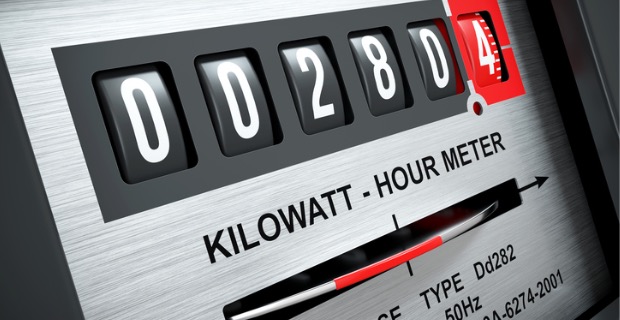
Find out how much electricity you are using and match your battery size accordingly.
What we need to do is look at your electricity usage for the past 12 months and your solar generation. We look at each season, as well as how much power you’re using and how much power you’ve been exporting back to the grid. Because that’s what you’ll be using to charge the battery.
If you do have excess solar that will sufficiently charge the battery, we also want to know if you are going to consume this energy when the solar is not producing (i.e. at night). If you find yourself importing power from the grid regularly, then having a larger battery charged by excess solar will allow you to reduce more of the amount consumed from the grid, and reduce your energy bill.
Q”: How much does a home storage battery cost?
On average, in mid-2018, we’re selling the Tesla Powerwall 2 for around $13,300. So because it provides 13.5 kWh, it’s around $1,000 per kWh – which is quite good. That includes installation.
Sonnen’s smallest battery, which is 4 kWh, is around $10,000 including installation. Each additional 2 kWh battery module adds about an extra $2,300.
Enphase has 1.2 kWh modules and they are about $3,800 and each additional one is about $1,800. Each battery module has about enough energy to power a small load. To match the size of the Powerwall you would need 11 batteries.
Bear in mind pricing is time-sensitive information. If you believe our Home Battery FAQ is out of date, please contact us and we will update it as soon as possible.
Q: What is ‘single phase’ and ‘three-phase’ power and why do I need to know this?
A: almost homes use single-phase power. But some larger houses or businesses run three-phase power, which can handle heavier loads or machinery.
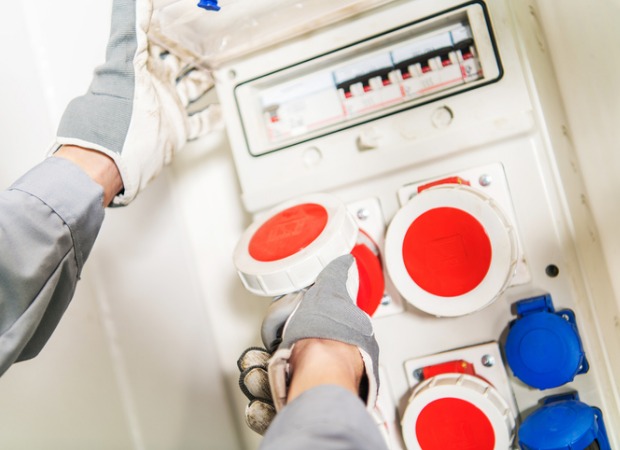
A three-phase power outlet.
The Tesla Powerwall 2 has a single-phase inverter, so we can only do a single-phase installation for those batteries.
However, a Tesla Powerwall 2 can be installed on a three-phase property. But it will only supply power to the phase to which it is connected, so you would need to make specific queries about that. The Powerwall 2 can also still provide a partial backup to selected circuits on three-phase sites.
Q: How long will my battery last on a full charge – I this where kWh matters.?
It all depends on what you are running on it. If you have a few lights on and you’re watching TV, doing some cooking, then the battery will last about 12-13 hours. But as soon as you add a big power consumer, like air-conditioning or a dishwasher, you are going to drain the battery much more quickly. It can then last around two to three hours.
If you have single phase power and there’s a blackout, you can potentially back up the entire house – as long as you’re not running more than 5 kW of continuous power.
Q: If I make extra electricity, can I well it back to the power company?
A; Ok, Let’s say it’s summer, 7 am, and your solar panels are already generating power. If you have a smart meter installed the meter is going to check in every 15 minutes or half an hour, depending on how it is set up. If it finds there’s excess solar power, it uses that to charge the battery.
Let’s say that by 3 pm your battery is fully charged. From that point until sunset, you’ll either be using the power you generate or exporting it to the main grid.
Sometimes your power distributor can put a limit on how much you can export, so you should check that.
Q: What else do I need to buy for my first home storage battery?
A: If you already have your solar panels and an inverter, you only need the Tesla Powerwall 2 battery. The battery does come with a gateway box, but that’s the brains behind the battery, its energy management system.
Soon you will be able to use an app so you can tell the battery what you want it to do. So you can tell it to stop charging itself from solar and start charging itself from the main grid. That will help if you are not generating much solar power, or if you have a time of use electricity tariff, where the grid power is cheaper during certain times.
Q: Is it best for the actual battery to be inside of my house?
A: It should go in a covered area, like a garage or a shed. We like to have it close to the electricity switchboard too.

Tesla Home Powerwall Configuration with Solar Panels
You can retrofit the Tesla Powerwall 2 to your existing solar panels.
It can be installed outside, but because the sun shining on the battery can cause it to heat, we need to put it on an east or south aspect. It can be mounted on the floor or on the wall. Most of the installations we do are on the floor, because it’s more stable.
Q: Does it take a long time to install a home storage battery?
A: It’s quick. Unless the site is complicated, a battery takes two to three hours to install.
Q: If our power goes out, do I have to switch over the battery?
A: Let’s say it’s daytime, hot, and the air-conditioners throughout the house are running. The power goes out. If the battery can’t handle the load it will shut itself down. Then you will have to switch off the air-conditioners and switch the battery back on.
But if you’re not running a heavy load, the battery will automatically switch on the moment the blackout occurs. Meanwhile, the battery is still charging from the solar panels in the background even while it powers the house. (Keep in mind this will only work if your house runs off a single phase power supply.)
Q: Who do I call if the battery stops working?
A : If it’s a Tesla battery, we sometimes refer it to the Tesla people, or other appropriate manufacturer depending on the battery’s make, but we are the first point of contact for any services and warranties.
Q: What kind of configuration and battery do I need for a grid connection?
A: Whether you are using solar power and are connected to the grid or you don’t have a grid connection at all, you need a back up source of power for night use or cloudy days.
If you are connected to the grid and have three overcast days in a row, you will not have enough generation to power the house or charge your battery. So you need the power from the grid.
With an off-grid system you are going to need a generator for those overcast times. But you will also need off-grid capable lead-acid batteries because Enphase and sonnen need a grid connection to work.
There is some suggestion that the Tesla Powerwall 2 can be used off-grid under certain limited conditions. It’s best to get in touch with us and find out whether we can help or not in your situation.
A: How long does a home storage battery last for before I need a new one?
A: We measure the life span in cycles, which is a complete discharge and recharge of the battery. Sonnen batteries come with 10,000 cycles, or roughly 27 years, if you do one cycle per day. Under the warranty, Tesla rates its batteries at about 3,500 cycles or 10 years. The difference is because of the cell chemistry that the batteries use.
The advantage of the Tesla Powerwall 2 is that it’s easy to install and the software does everything and it can do back up power for blackouts. It’s also great value for money. Most customers prefer the Tesla Powerwall 2 because it checks all the boxes. The only minus is its longevity in comparison with sonnen.
Q: What is the best battery if I only use a little electricity?
A: Exactly. Some people might only use 3 or 4 kWh per day. They are happy with a couple of Enphase batteries or a sonnen battery.
Q? :What’s is a sonnenFlat battery?
A: Let’s say you have a 5 kW solar panel system. You then purchase an 8 kWh sonnen battery, that’s the minimum size. Once you install the battery, you switch to sonnen as your power retailer. So instead of AGL or Origin, you would have sonnen as your electricity provider.

SonnenFlat Home Battery Storage Unit
The revolutionary sonnenFlat battery allows users to generate, share and trade energy in a virtual network.
In return, sonnen gives you free electricity – 7,500 kWh every 12 months. But you would need to contact us to see if you were eligible.
You don’t get an electricity bill. What you pay is a flat monthly rate of $30 or $50. We are starting to make people more aware of this, it’s a good deal. Because even if it’s raining for a week, you still have that free 7,500 kWh of power to use each year. That’s the small package, and there are larger packages for people who use more electricity.
Q: How does PowerPlay Energy Monitoring & Control work?
A: If you have the PowerPlay monitoring system, it can tell you how much power your battery is storing and discharging.

PowerPlay Energy Monitoring & Control Phone App
The PowerPlay app tells you what’s happening with your home electricity use.
PowerPlay takes energy information and presents it to you in an easy to read app. Not only that, it keeps a record of your usage over time so you can compare what’s happening today with last month or last year.
PowerPlay also sends you messages when it notices something unusual happening with your power use. It can tell you when you’re using less power and how much money you’re saving based on your electricity plan.
With that knowledge in hand, it’s easy to take control of your energy use and find new ways to save.
Original Article: https://www.energymatters.com.au/residential-solar/home-battery-faq-know-storage/
DavoStoyko

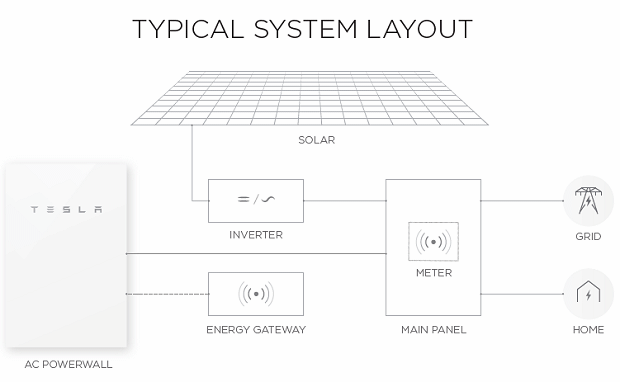
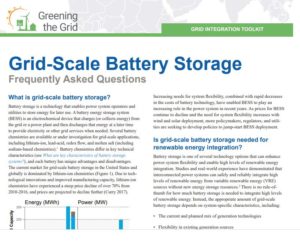

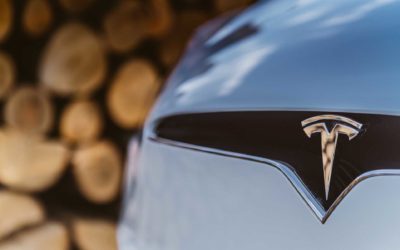

0 Comments